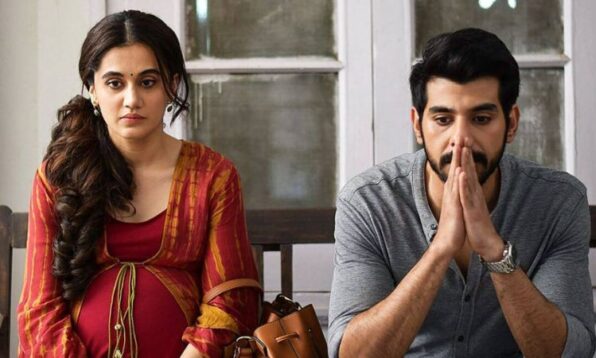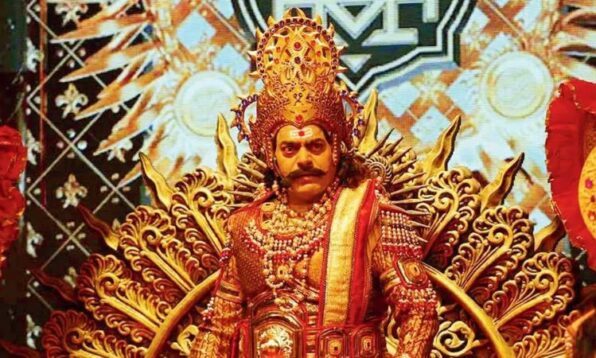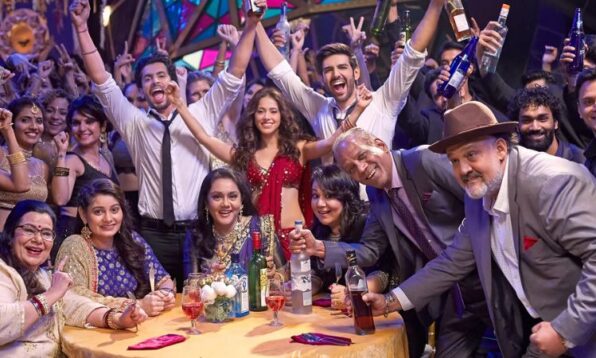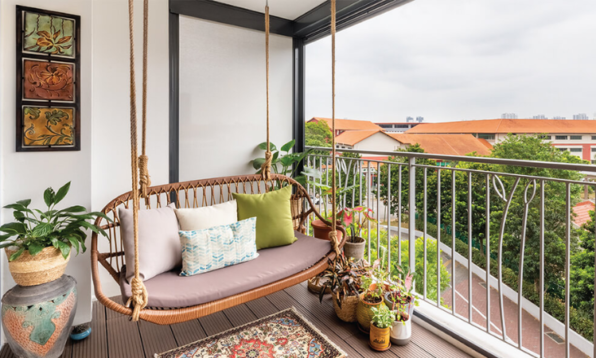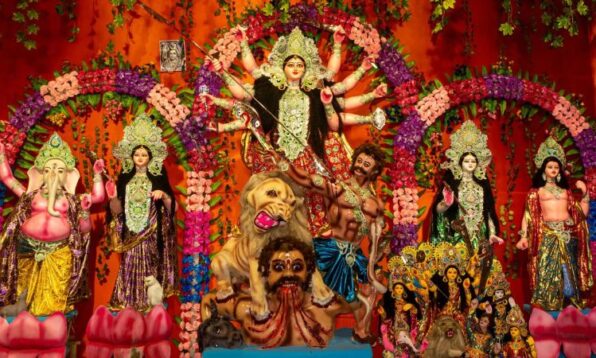For decades, marriage in India has been framed as the cornerstone of stability, respectability, and family honour. But in recent years, there’s been a quiet yet noticeable shift: more and more women are opting out of the institution of marriage. And even when they are getting married, women aren’t shying away from divorce as much as they used to. However, the divorce rate in India remains strikingly low compared to the West, hovering around one per cent, but that statistic hides more than it reveals. Many unions survive not out of joy, but out of forced gender roles in Indian marriages. What we’re left with is an institution more enduring than endearing. But why are straight marriages becoming more miserable in India?
Gender roles in Indian marriages

One of the biggest reasons for marital misery is the sheer weight of expectations. Straight marriages in India still carry a heavy cultural baggage: gender roles are rigid, family obligations are intense, and the idea of marriage as a duty often overshadows the idea of it as a partnership. Research points out that women in India disproportionately shoulder domestic labour, even when they are employed full-time. They spend over five hours on domestic work daily, while men only spend 29 minutes. This imbalance leaves many women feeling trapped in roles that undervalue their ambitions and overvalue their obedience.
Studies show that married men and unmarried women are the happiest. Married men have better health, longer life spans, and lower chances of depression as compared to unmarried men. However, married women show more stress, more dissatisfaction, and less freedom as compared to their unmarried counterparts.
The clash between modernity and tradition
Urban India is experiencing a rapid cultural shift. Women are more educated, exposed to global media, and more financially independent than ever before. They aspire for companionship, respect, and equality in their marriages. They now recognise that Indian marriages impose disproportionate dynamics and make them suffer. Marriages in India continue to be based on traditional expectations of women being the ultimate nurturers and caretakers of the house. While they want to live their lives without the weight of unreasonable expectations, the very structure of Indian marriages often pulls them in the opposite direction.
The silence around intimacy

While discussions about sex are slowly entering mainstream culture, within marriages, they remain largely taboo. Studies have highlighted that a lack of communication around intimacy leads to mismatched expectations, frustration, and emotional distance. In many Indian straight marriages, couples treat intimacy as a duty rather than a space for pleasure or connection.
Interestingly, women drive the small but growing divorce rate in India by initiating most separations. Women cite emotional neglect, lack of respect, and in-laws’ interference as key reasons for wanting a divorce. The fact that women are increasingly willing to challenge stigma to reclaim their lives reflects how intolerable many marriages have become.
If marriages promise love, partnership, and growth, why do so many straight Indian couples reduce them to contracts of compromise, silence, and sacrifice? The irony is stark: even as India debates same-sex marriage, its straight marriages — long assumed to be the “default” — are fraying at the edges.
Perhaps the issue lies not in the institution itself, but in the way society preserves it: rigid, hierarchical, and dismissive of women’s happiness. Until marriage evolves into a genuine partnership, with shared labour, mutual respect, and emotional transparency, it risks continuing to be an institution women endure, not enjoy.
Featured Image Source
Related: What Is Cruelty In Marriage? Verbal Insults Or Marital Rape?

 Web Stories
Web Stories
